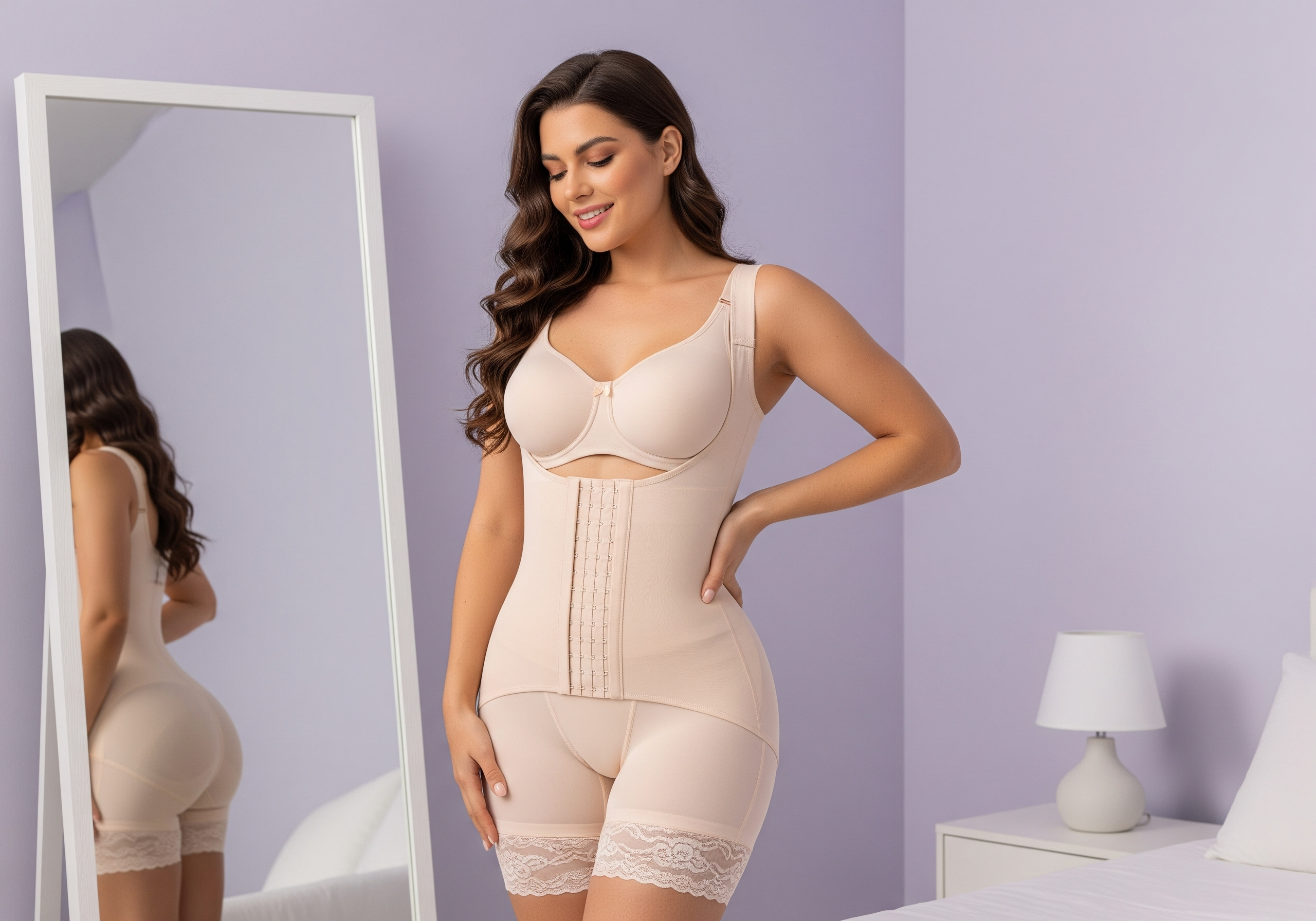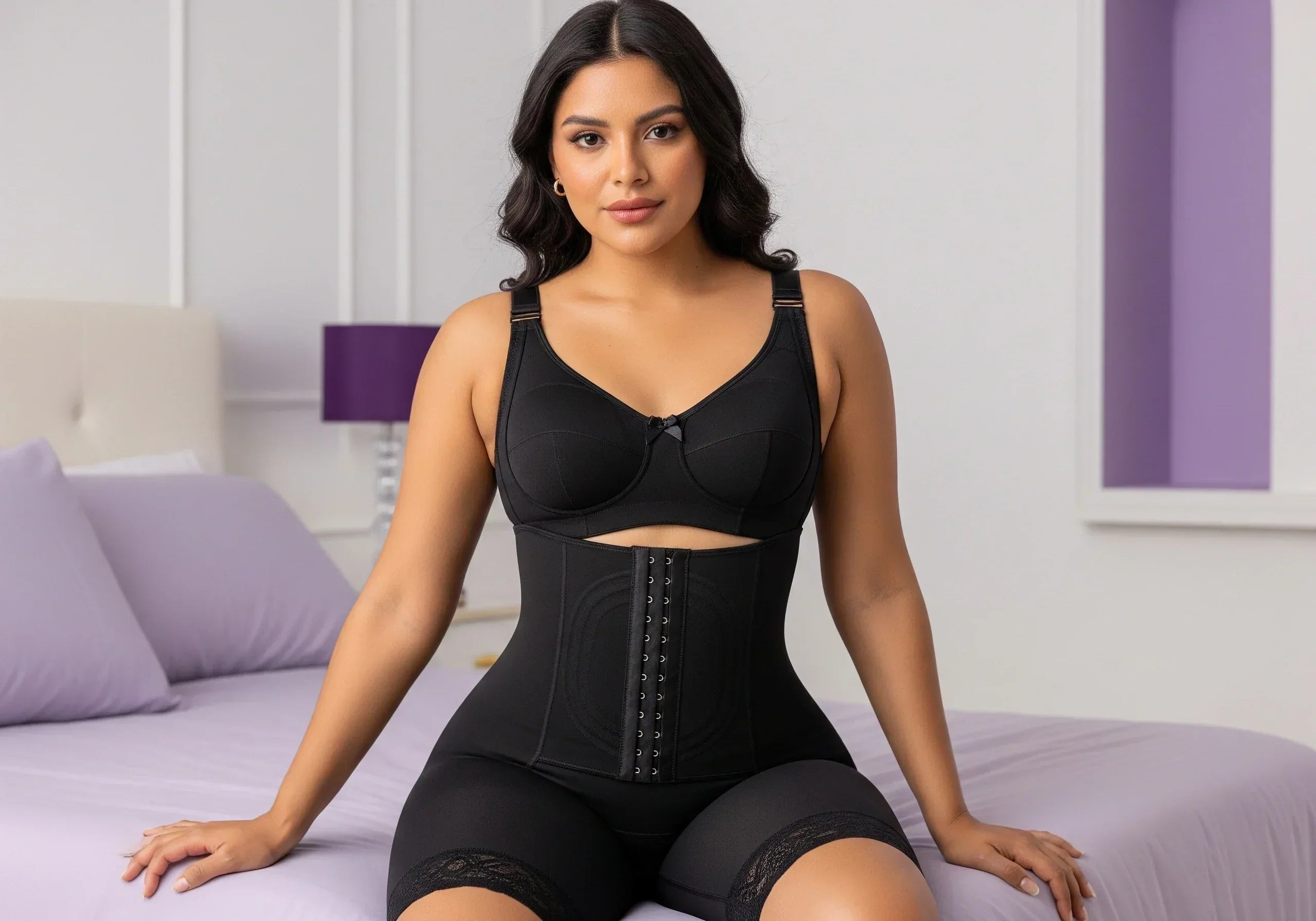If you’ve just had surgery or are researching body-shaping solutions, you might have come across two common terms: compression garments (fajas) and waist trainers. At first glance, they may look similar, but they serve very different purposes. Choosing the wrong one could slow down your recovery. In this article, we’ll break down the key differences.
What Is a Compression Garment?
A compression garment, often called a Colombian faja, is a medical-grade piece designed for post-surgery recovery. It provides uniform compression to reduce swelling, helps prevent fluid buildup, and supports tissues as they heal. Surgeons recommend them after procedures like liposuction, BBL, or a tummy tuck.
What Is a Waist Trainer?
A waist trainer is a fashion or fitness accessory, typically made with latex. It's designed to temporarily slim the waist for a cinched look and is often used during workouts. It does not provide the same medical-grade healing benefits as a faja.
Key Differences Between Fajas and Waist Trainers
The primary difference is their purpose. A compression garment is for healing, recovery, and shaping after surgery, using medical-grade fabrics like Powernet for uniform pressure. A waist trainer is for temporary aesthetic slimming, using materials like latex, and is not used in medical recovery. A faja is designed to be worn 24/7 during recovery, while a waist trainer is for short-term use only.
Why a Faja is Essential Post-Surgery
A true compression garment is essential because it supports the healing process, enhances your surgical results by helping your body adapt to new contours, and provides comfort by reducing pain and swelling when fitted correctly.
Risks of Using a Waist Trainer Post-Surgery
Using a waist trainer after surgery is risky. It provides insufficient support for healing tissues, can cause circulation issues by restricting breathing and blood flow, and its synthetic fabrics may damage sensitive post-op skin.
FAQs About Fajas vs. Waist Trainers
Can I switch to a waist trainer after recovery?
Yes, some patients choose to wear waist trainers for style or fitness once fully healed, but they should never replace a faja during recovery.
How long do I need to wear a compression garment?
Most surgeons recommend 6–12 weeks, depending on the procedure.
Are waist trainers safe to sleep in?
No, they are not designed for extended or overnight wear, unlike post-surgery compression garments.
Conclusion
While both garments shape the body, only medical-grade fajas are designed to support healing after surgery. If you’re recovering, your faja is non-negotiable. Save the waist trainer for later, once your healing journey is complete. Always consult your surgeon before switching from a compression garment to any other shaping product.
Explore our collection of medical-grade Colombian fajas designed for safe and effective recovery. For wholesale inquiries, our official distributors are Cata1og.com and Catalog Mexico.


















